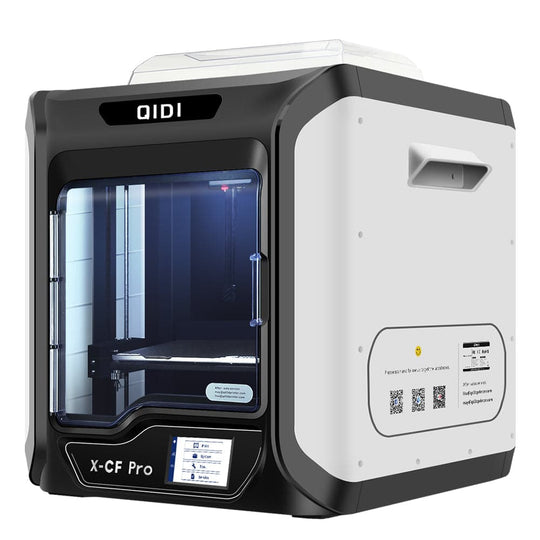Fused Deposition Modeling (FDM) is one of the most popular methods of 3D printing. This technology has revolutionized the way we create prototypes, models, and even end-use products. But how does an FDM 3D printer actually work? In this article, we will delve into the mechanics of FDM printing, the materials used, and what you need to get started.

Understanding FDM 3D Printing
At its core, FDM 3D printing involves the extrusion of thermoplastic filament through a heated nozzle. The process begins with the printer heating the filament until it reaches a semi-liquid state. This material is then deposited layer by layer onto a build platform. As each layer cools, it solidifies, bonding with the layer beneath it. This layer-by-layer approach allows for the creation of complex geometries that would be difficult or impossible to achieve with traditional manufacturing methods.
Key Components of an FDM 3D Printer
To fully understand how an FDM 3D printer operates, it's essential to familiarize yourself with its key components:
- Nozzle: The part that melts and extrudes the filament.
- Build Platform: The surface where the object is printed.
- Filament: The thermoplastic material used for printing, available in various types such as PLA, ABS, and PETG.
- Stepper Motors: These control the movement of the print head and build platform.
- Control Board: The brain of the printer, managing all operations and movements.
Materials Used in FDM 3D Printing
The choice of material is crucial in FDM printing. Commonly used filaments include:
- PLA (Polylactic Acid): A biodegradable plastic that is easy to print and ideal for beginners.
- ABS (Acrylonitrile Butadiene Styrene): Known for its strength and durability, but requires a heated bed to prevent warping.
- PETG (Polyethylene Terephthalate Glycol): Offers a good balance of strength and flexibility, making it suitable for functional parts.
Getting Started with Your Own FDM 3D Printer
If you're interested in diving into the world of 3D printing, acquiring an FDM 3D printer is a great first step. Here are some tips to help you begin:
- Research different models to find one that fits your needs and budget.
- Consider the types of filament you want to use and ensure your printer is compatible.
- Familiarize yourself with slicing software, which converts 3D models into instructions for your printer.
- Join online communities to share experiences and gain insights from other users.
For those looking to explore a variety of options, check out for high-quality FDM 3D printers.
In conclusion, understanding the basics of FDM 3D printing opens up a world of possibilities for creators and innovators. Whether you are a hobbyist or a professional, mastering this technology can enhance your projects and streamline your workflow.








